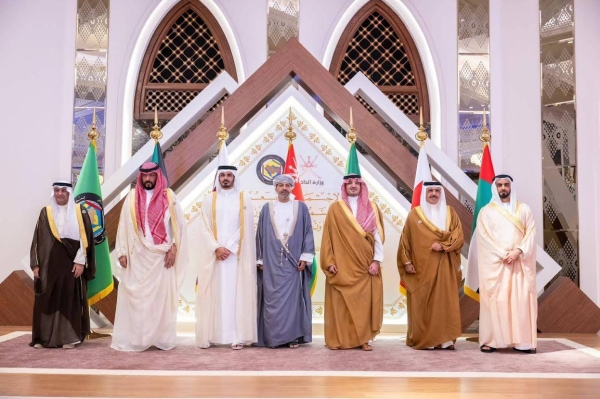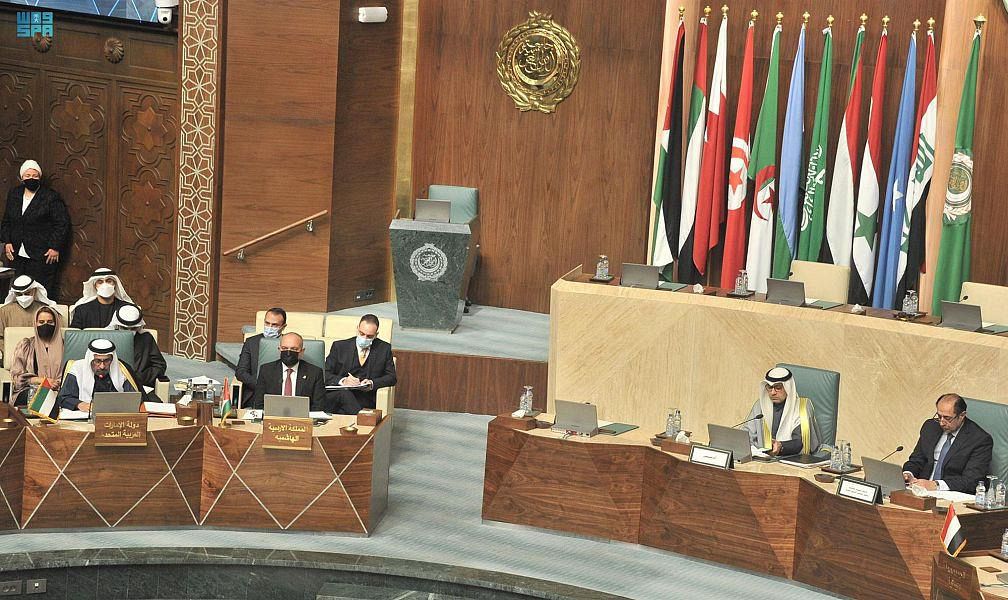
In a video that surfaced on social media recently, a Turkish journalist asked Saudi Arabia’s Minister of State for Foreign Affairs Adel Al-Jubeir, “What is Saudi Arabia doing for Syrian refugees?” In a diplomatic response very characteristic of Al-Jubeir, he said: “I think we could have done a better job with explaining what we have done for Syrian refugees. Saudi Arabia has issued more than two-and-a-half million visas to Syrian refugees. Not one of them lives in a refugee camp. And not one of them lives in a tent.”
Although his reply was rationalized in that it is in Saudi Arabia’s culture that one does not brag about or advertise such generosity, I could not help but wonder if perhaps they should. Of course, by no means am I advocating launching a thousand cameras into people’s homes to document their lives, but rather the overall impact of Saudi Arabia’s efforts on the collective.
This is not an issue of media coverage, but a much more pressing and necessary need to understand and document the impact of all aid efforts of high donor countries like Saudi Arabia and the UAE. Saudi Arabia has continuously been among the world’s largest foreign aid donors. The King Salman Center for Relief and Humanitarian Aid has reported that, between 1996 and 2018, Saudi aid totaled more than $86 billion. Meanwhile, the UAE’s Ministry of Foreign Affairs and International Cooperation reported that its foreign aid contributions to 42 countries in 2018 exceeded AED28.5 billion ($7.79 billion). In both cases, despite the tremendous monetary assistance, there is very little evidence that showcases the actual impact of these efforts in the long run.
In addition, hardly any research is carried out on the sector as a whole. Without research, the development and aid sector will produce no lessons. For two of the world’s largest donors, it is unfortunate and a missed opportunity that very little is invested in research and innovation within the realms of development.
In order to highlight the impact of their aid efforts, it is crucial for countries like the UAE and Saudi Arabia to do the following six things.
To begin with, a national strategy must be developed (if there isn’t one in place already), detailing the overall strategic objectives of the country’s foreign aid. It is also necessary to introduce a monitoring and recording system for all agencies operating within that sector.
Secondly, all aid agencies need to record all of their projects and initiatives. This entails the development of comprehensive systems that record aid efforts and projects throughout the years. Far too many projects and initiatives have been lost because there were no proper recording mechanisms.
The third necessity is that, during the design and early stages, all projects and initiatives must include key performance indicators that will measure the implementation and impact of these projects in the short and long terms.
Fourthly, an army of development specialists need to be trained and groomed to manage aid efforts, and be able to monitor, track and assess their impact. It is important to note here that civil engineers and religious professionals are not development experts.
Next is that agencies need to report their findings — including successes, lessons learned and failures — and not just the outputs. There is a strong push from funders and private individuals and corporations demanding that aid agencies pursue evidence-based programs and measurable results. For example, building hospitals and schools are great, but have we improved student enrollment rates and increased attainment?
Finally, a marketing strategy is needed to highlight what the real impact of these aid efforts has been.
This is where most Gulf Cooperation Council countries fail. Despite the enormous efforts and funds dispersed throughout the decades, very little is known of their impact. This is mostly because their communication relies on exhausted and uninspiring tools, such as press releases and hyped-up numbers. For starters, the press release is dead. People no longer react to numbers, even if they were in the billions. People respond to stories of people. They want to know how their lives have been improved, how communities were upgraded, what diseases were eradicated, and if they achieved better economic outcomes.
Aid comes in various forms; there is emergency assistance, programs aid, project-based aid, loans, and so forth. As such, monitoring them and measuring their impact requires specific tools, investment and the right experts. If we do not understand what our efforts have achieved, or what investing billions of dollars over the past few decades has yielded, we run the risk of repeatedly making the same mistakes because we did not highlight what we learned. We will then miss out on the opportunity to be pioneers in researching and studying the various problems arising in the development sector.
Asma I. Abdulmalik is an Emirati civil servant and a writer interested in gender and development issues. Twitter: @Asmaimalik
Disclaimer: Views expressed by writers in this section are their own and do not necessarily reflect Arab News" point-of-view












